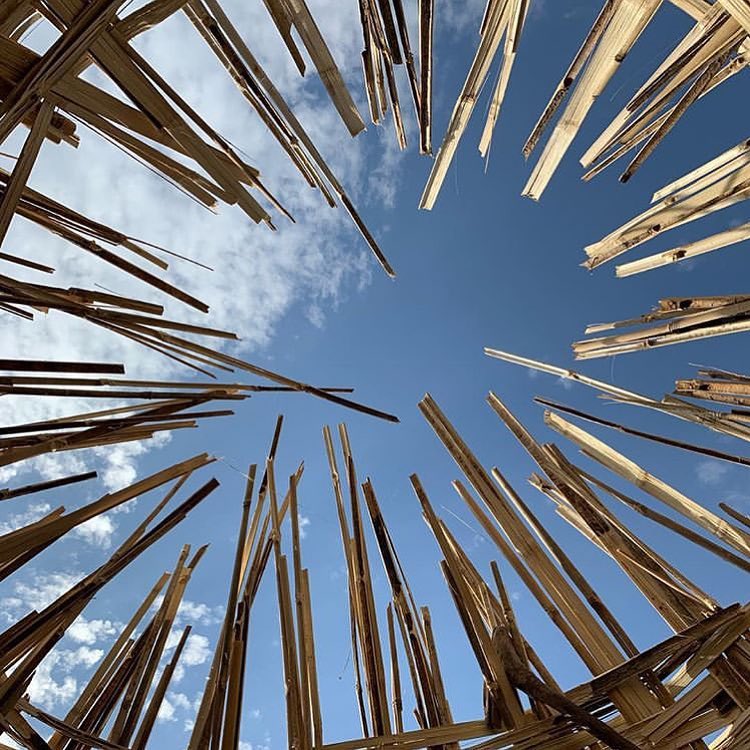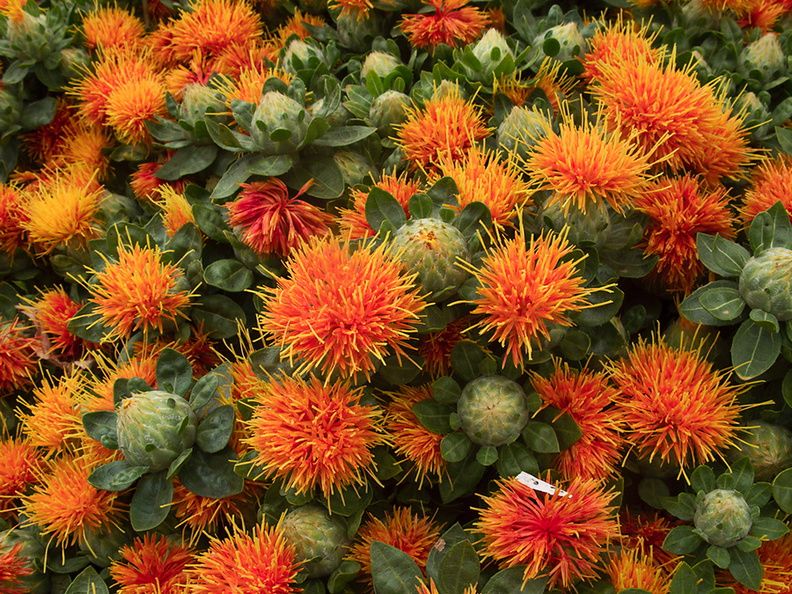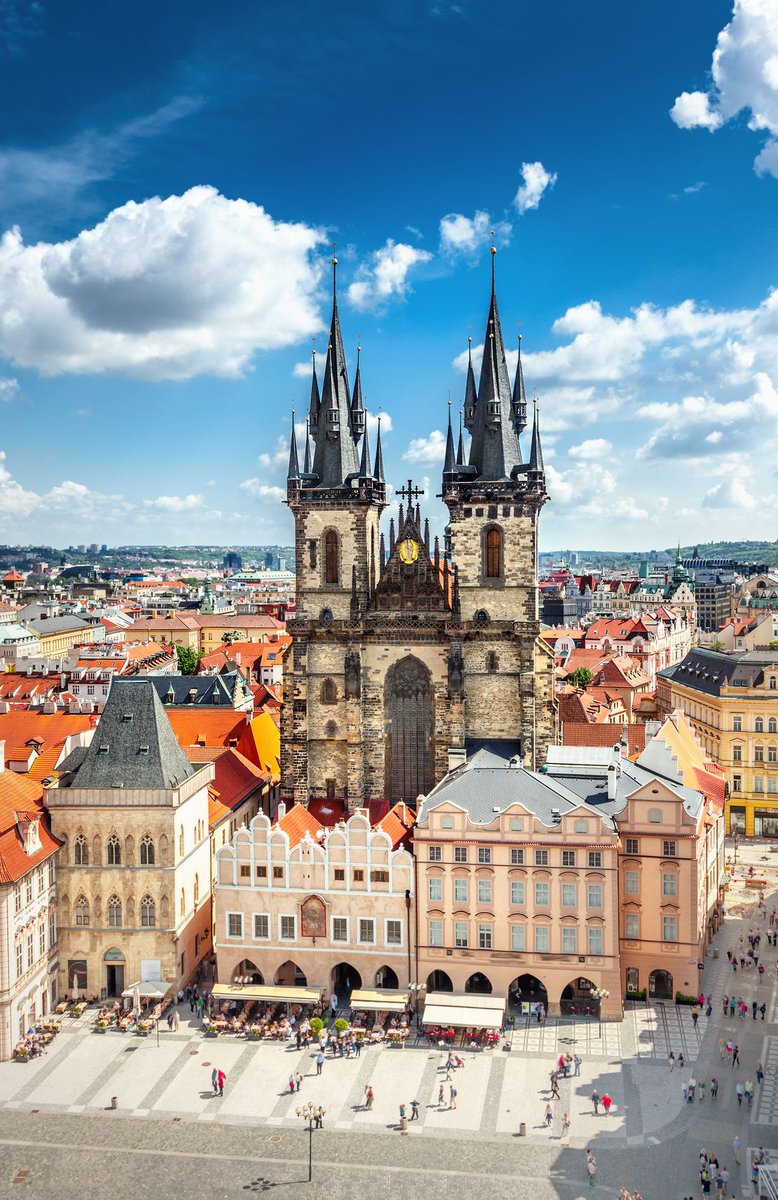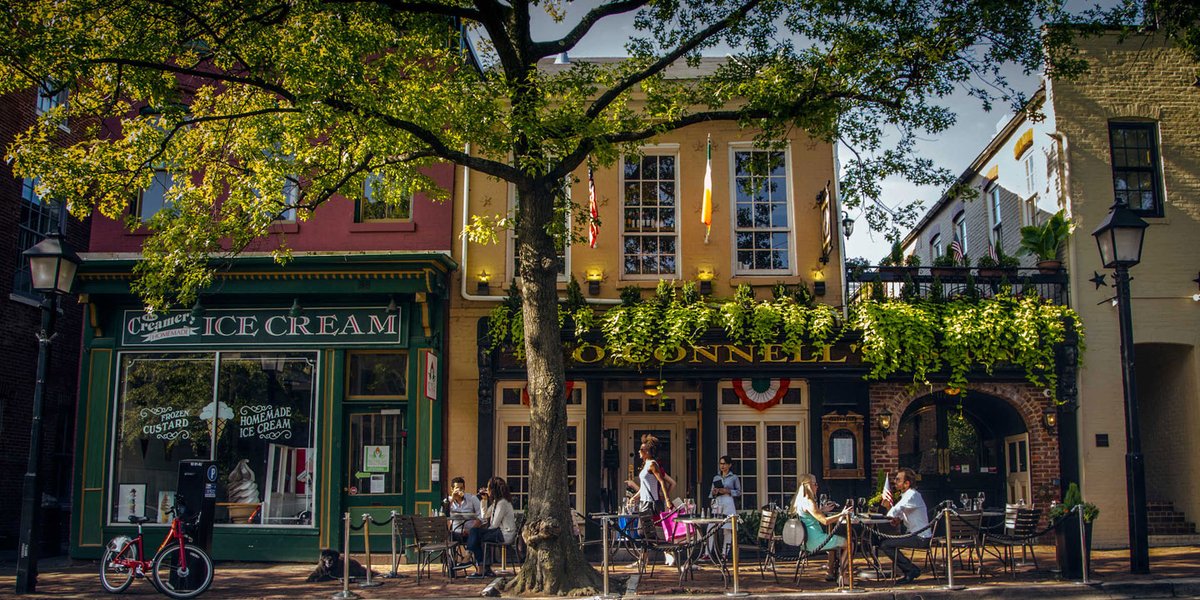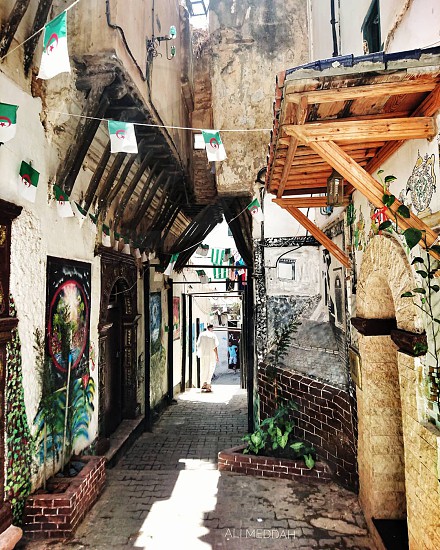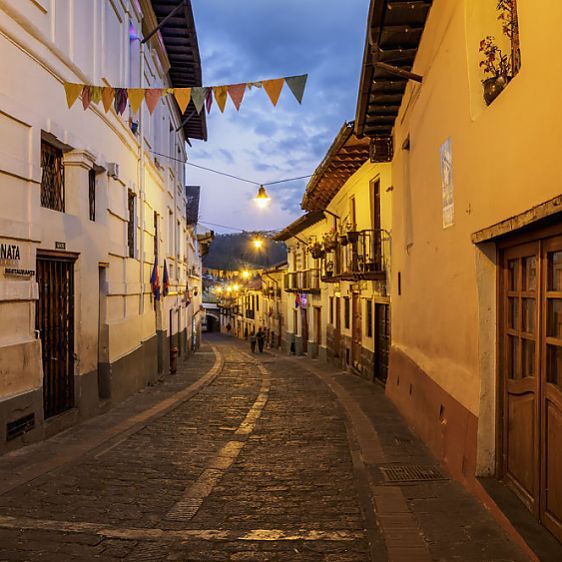
In the Hindu religion, planting certain herbs and trees is considered a traditional religious duty. Tulasi is known as Holy Basil: "A person is honored in Vaikuntha for as many thousand years as the days he resides in a house where tulasi is grown." — Vrukshayurveda, 10th century 

"And if one properly grows bilva, which pleases Lord Siva, in his family, the goddess of riches resides permanently passes on to the sons and grandsons."
"He who plants even a single asvattha, wherever it may be, as per the prescribed mode, goes to the abode of Hari."

"He who plants even a single asvattha, wherever it may be, as per the prescribed mode, goes to the abode of Hari."


"He who has planted dhatri has performed several sacrifices. He has donated the earth. He would be considered a celebate forever."
"He who plant a couple of banyan trees as per the prescribed mode would go to the abode of Siva and many heavenly nymphs will attend upon him."

"He who plant a couple of banyan trees as per the prescribed mode would go to the abode of Siva and many heavenly nymphs will attend upon him."


"After planting neem trees a person well-versed in dharma attains the abode of Sun. Indeed! He resides there for a long period."
(neem = Azadirachta indica)
"He who plants five or six mango trees attains the abode of Garuda and lives happily forever like gods."

(neem = Azadirachta indica)
"He who plants five or six mango trees attains the abode of Garuda and lives happily forever like gods."


"One should plant seven palasa trees or even one. One attains the abode of Brahma and enjoys the company of gods by doing so."
"He who himself plants eight udumbara trees or even prompts someone to plant them, rejoices in the lunar world." (udumbara = Ficus racemosa)

"He who himself plants eight udumbara trees or even prompts someone to plant them, rejoices in the lunar world." (udumbara = Ficus racemosa)


"He who has planted madhuka has propitiated Parvati, has become free from diseases, and has worshipped all deities."
"By planting all kinds of other trees, useful for fruits and flowers, a person gets a reward of thousand cows adorned with jewels."
"By planting all kinds of other trees, useful for fruits and flowers, a person gets a reward of thousand cows adorned with jewels."

• • •
Missing some Tweet in this thread? You can try to
force a refresh

















